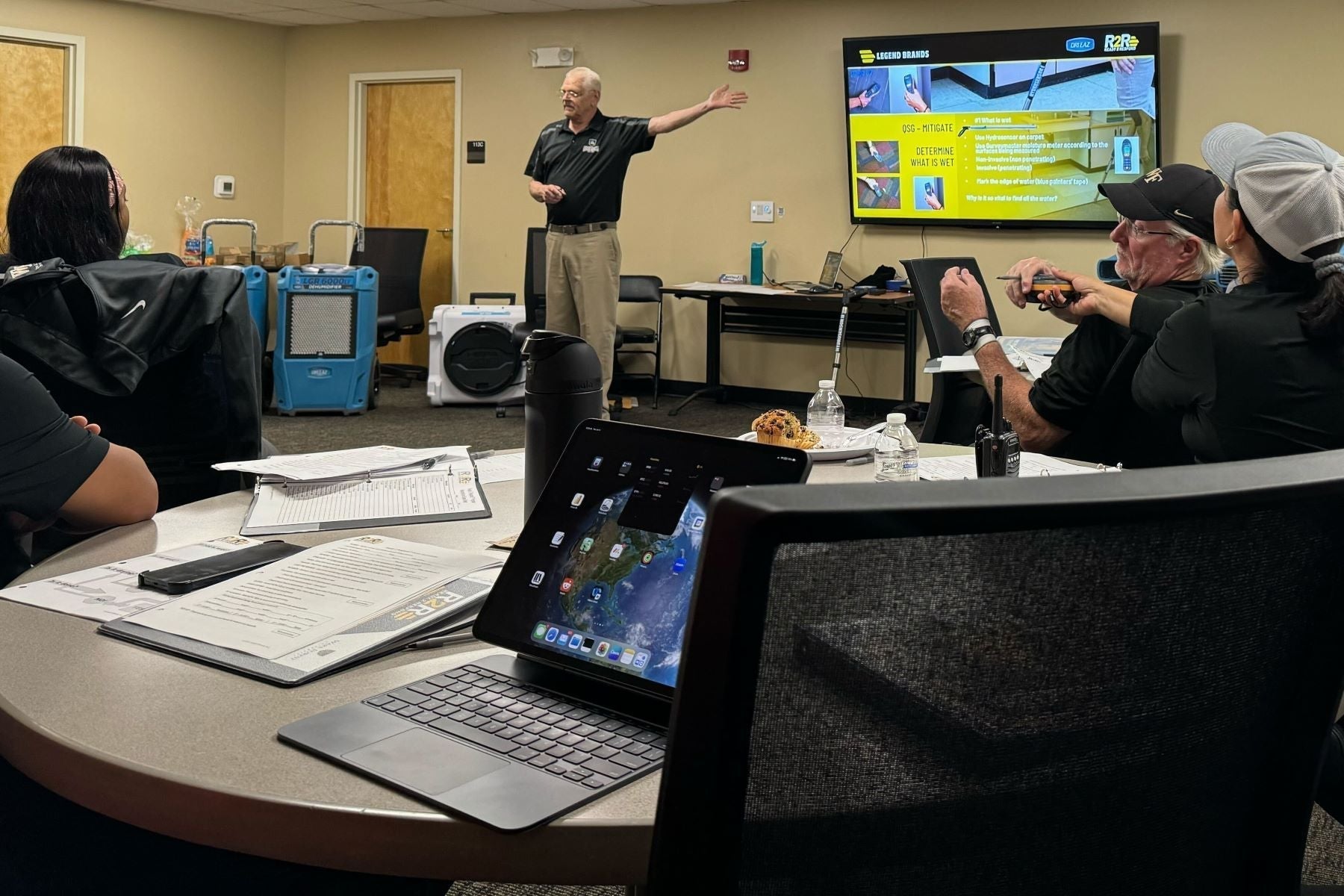By TJ Grim, Ready 2 Respond Trainer
Turnover among facilities and maintenance technicians is an ongoing challenge for many organizations. With competition for skilled labor across all sectors, filling vacancies can take time – and frequent job changes have become more common. While job market pressures play a role, employee engagement is also critical. When team members don’t feel valued, supported, or connected to a larger mission, they begin looking elsewhere.
Retention isn’t just a human resources issue – it’s a leadership priority. Facilities leaders who foster engagement, provide meaningful professional development opportunities, and recognize their teams’ expertise create a working environment that people don’t want to leave.
The Cost of Turnover
When experienced technicians leave, they take with them valuable knowledge of building systems, maintenance procedures, and the operation of equipment and technology. New hires can take months to reach full efficiency, and onboarding often pulls senior staff away from daily responsibilities.
Frequent turnover also undermines emergency preparedness. Each time a technician departs, there’s a risk of losing critical knowledge about standard operating procedures and other important information, such as which systems are most vulnerable to damage and how the team has handled past flooding events.
Leadership Builds Commitment
Retention begins with leadership practices that promote trust and belonging. Skilled facilities leaders understand that motivation grows when people feel connected to their team and find purpose in their work.
Three ways to strengthen team commitment:
- Recognize and trust – Acknowledge technicians not just for completing tasks, but for preventing problems and protecting operations.
- Communicate clearly – Keep staff in the loop about organizational priorities and include them in discussions that affect their work.
- Clarify how each role contributes to readiness – Reinforce how each person’s role contributes to the institution’s safety, performance, and ability to minimize disruptions.
Small gestures – such as asking for a team member’s perspective during a water damage response huddle or acknowledging ideas during incident debriefs – can help build loyalty. When employees feel heard, they’re more likely to stay invested.
Benefits of Technical Training
Ongoing training and professional development are among the strongest retention tools. Helping employees build their technical skill set shows a commitment to their professional growth and builds confidence in handling high-pressure, complex situations like water intrusion.
For example, simulated water remediation training enables teams to:
- Instill technical skills through hands-on practice, such as moisture mapping and equipment setup.
- Expand versatility through cross-training on multiple systems like plumbing, HVAC, and electrical.
- Encourage collaboration across departments to strengthen communication and coordination during incidents.
- Provide visible career growth through technical certifications and opportunities to train fellow team members.
Opportunities to learn and tackle new challenges help turn day-to-day work into a long-term career path. Having a sense of progress keeps people engaged and builds confidence.
Practical Ways to Build Engagement
Facilities teams are more likely to stay when they feel included in decisions and recognized for their expertise. Leaders can build trust by inviting input, encouraging feedback, and recognizing expertise. For example:
- Ask team members to help create preventive maintenance plans, test new equipment, and refine emergency response procedures.
- Give technicians ownership of specific systems or response zones so they take pride in maintaining and improving their assigned areas.
- After training exercises or real water incidents, discuss what worked and what could be improved (and encourage feedback and participation).
- Celebrate team contributions and highlight each person’s role in keeping operations running safely and smoothly.
- Publicly acknowledge quick recoveries, innovative ideas, or team successes in reducing downtime and saving costs.
Fostering Long-Term Loyalty
Strong leadership keeps systems running smoothly and team members thriving. By emphasizing training, empowerment, and respect, facilities leaders can reduce turnover, preserve institutional knowledge, and enhance overall performance.
Contact the R2R team to learn how customized training and preparedness programs can help strengthen teams and improve response outcomes. For facility management tips, follow us on LinkedIn and subscribe to our Facility Insights newsletter.


Water Damage in Multi-Family Buildings: What Every Property Team Should Know